Barcelona, Madrid, Sevilla, and even Valencia are staples on every best-of-Spain travel list. Yet, you shouldn’t pass over Spain’s many stunning but less-visited hidden gems. These are some of Spain’s most lovely and underappreciated cities to add to your itinerary if you want some variety.
Zaragoza
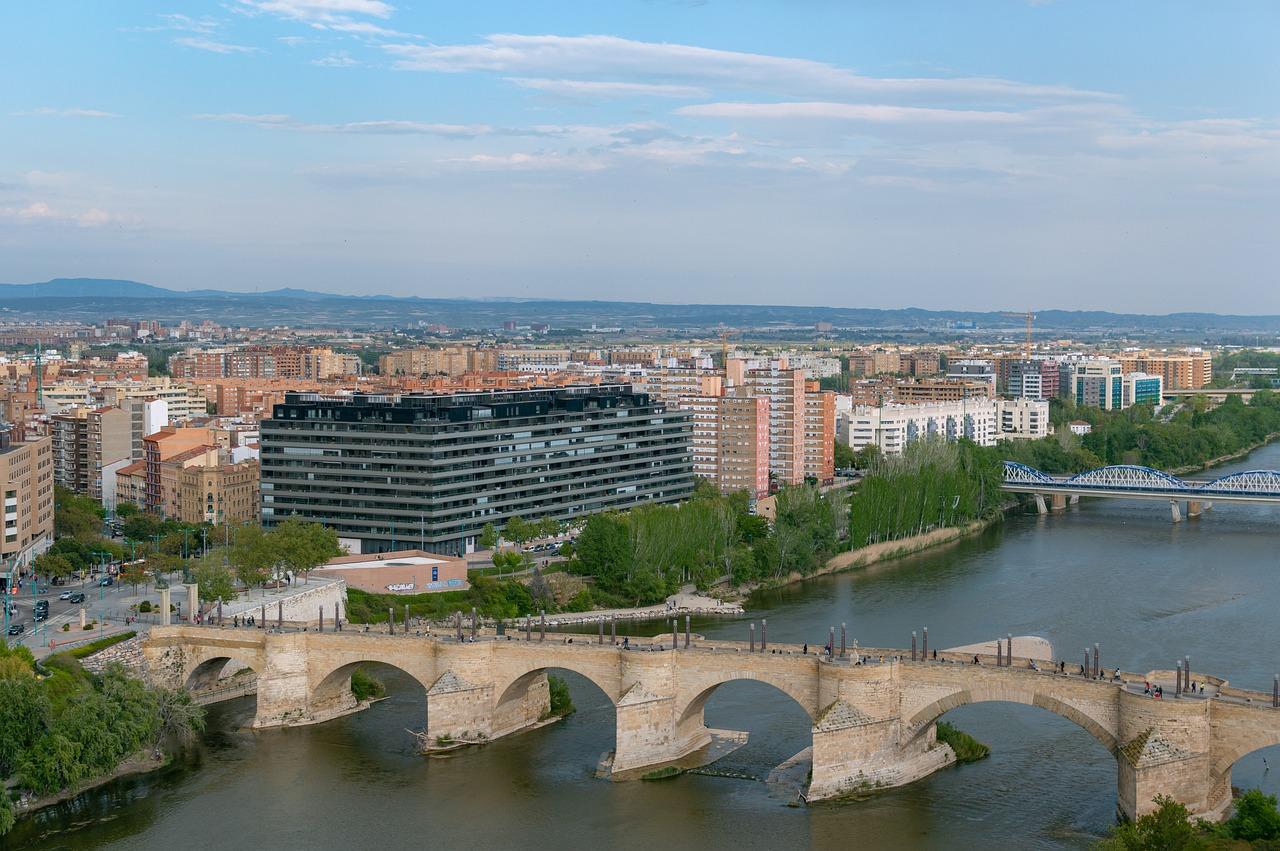
Although it is one of Spain’s major cities, visitors sometimes miss Zaragoza because of its less prominent location on a high-speed train route between Madrid and Barcelona. Yet, if you let your stomach be your guide, Zaragoza is a great place to visit because of its excellent cuisine. Here, you may experience meals from around the nation and feast on only the freshest ingredients.
Try some locally produced cheese; Don Quixote recommends the Tronchon, which may be prepared from cow, sheep, or goat’s milk. Furthermore, the most significant Spanish truffle market is located in Zaragoza. After stuffing your face, go to the Aljafera, one of northern Spain’s most significant Moorish structures, or the towering Basilica of Our Lady of Pillar.
Granada
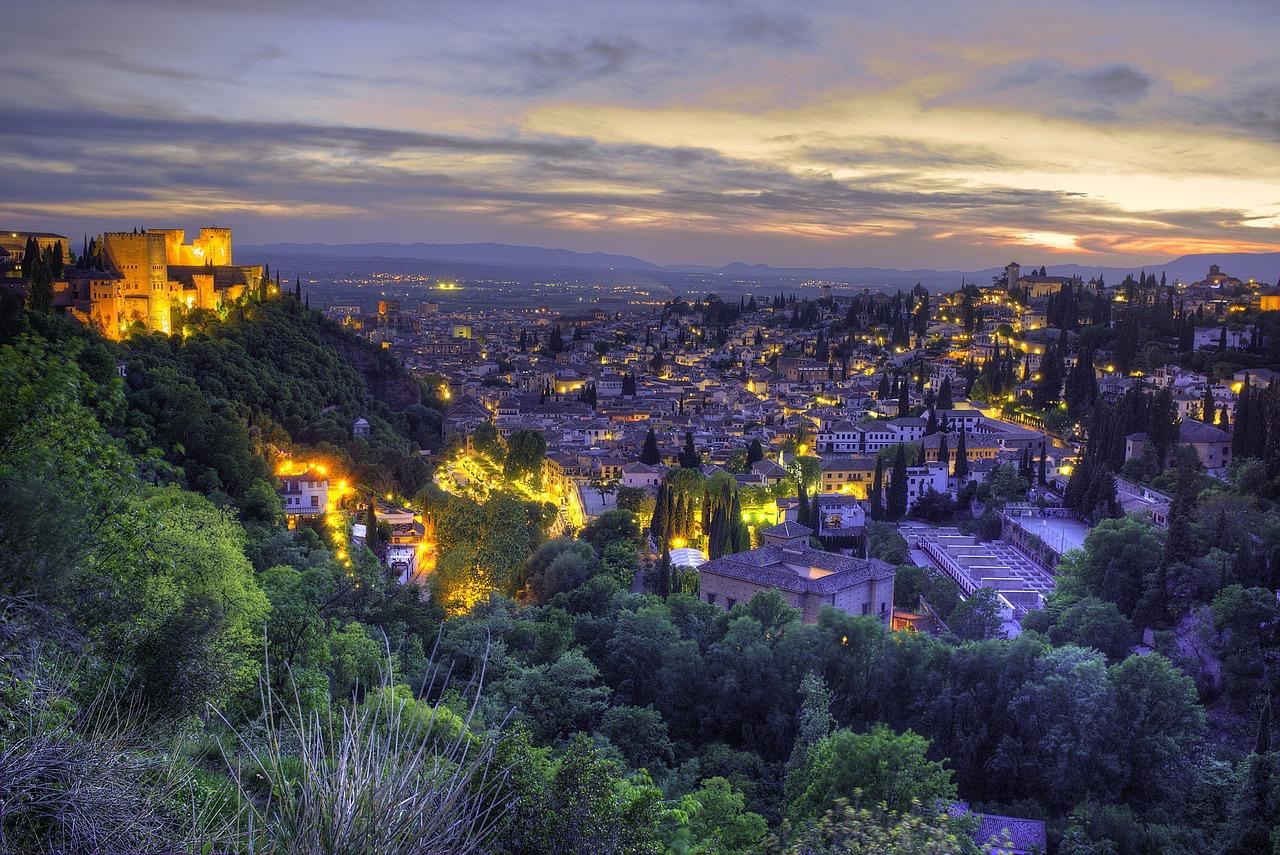
If you only visit one city in Spain, make it Granada. Don’t bother with either Madrid or Barcelona. If you’re searching for a more authentic taste of Spain, skip Madrid and Barcelona despite their many beautiful attractions.
Granada is the epitome of authentic Spanish culture. When you think of Spain, you imagine a country with a laid-back culture, pleasant weather, lively locals, stunning buildings, a deep and varied history, thrilling Flamenco performances, and charming little alleys lined with cozy tapas and restaurants. You can find everything in Granada.
While it is a UNESCO World Heritage Site, the views from La Alhambra over the rest of Granada are worth the trip alone. The Mirador de San Nicolas, just across the plaza, is a fantastic spot to take in views of La Alhambra while listening to some live Flamenco. You may have supper at one of the restaurants and watch the sun go down over La Alhambra, also located in the area.
In Granada, you must also attend a Flamenco performance. As Andalucia is where Flamenco originated, it is only fitting that the region also boasts the country’s most genuine Flamenco shows. The Gitano (gypsy) region of Granada is home to cave bars where you can see Flamenco dancers perform with unparalleled passion and intensity. The highest possible recommendation!
If you want to get a feel for the authentic Spanish way of life in a less touristic setting, Granada is the place to go. Undeniably, this city has stayed faithful to its heritage and traditions. Few businesses, other than excursions, specifically cater to visitors. Visit Granada! In the end, you’ll be grateful to me.
Burgos
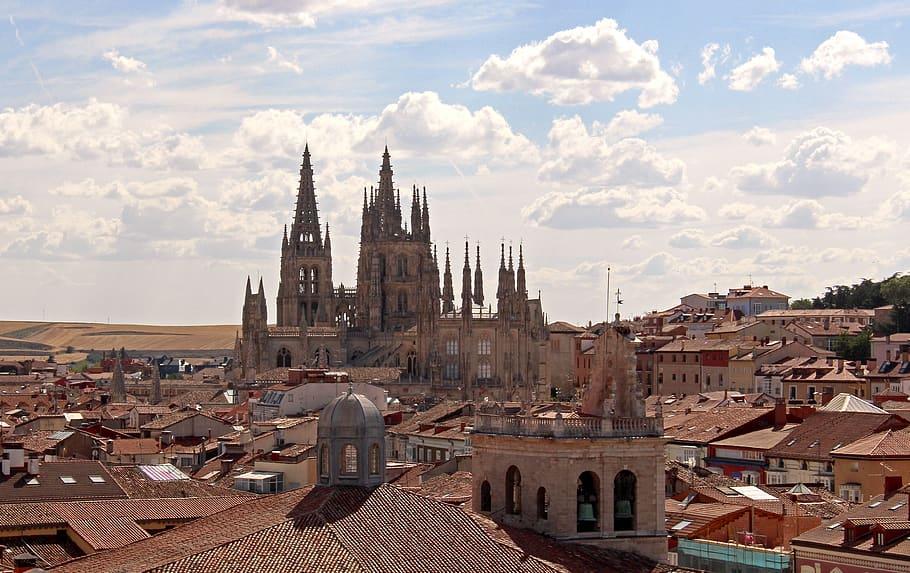
Follow the trail of legends to Burgos. El Cid, a lowly nobleman who became a beloved hero in his native Castile in the 11th century, was born here. He was born in a little town close to Burgos, and local tradition has it that he was laid to rest at the Catedral de Burgos, one of Spain’s most impressive examples of Gothic architecture.
In addition to the cathedral, other Burgos attractions include the Arco de Santa Mara, an excellent Middle Ages entrance gate, and the Monastery of Santa Maria la Real de las Huelgas, a royal abbey from the 11th century.
Vigo
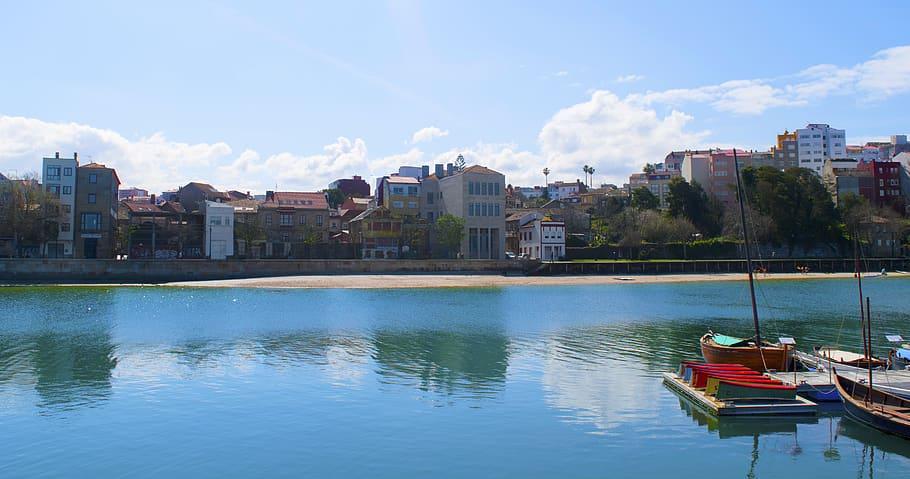
Galicia’s underappreciated northwest area, including its central city of Vigo, is a hidden gem. Vigo is a great port city because of the nearby Cies Islands. They have some of Spain’s most incredible beaches, and the islands are a protected natural ecosystem. Vigo is a one-of-a-kind Spanish destination because of its beautiful beaches, delicious cuisine, and fascinating Galician culture.
A few years ago, National Geographic picked Rodas Beach in the Cies Islands as the greatest in the whole world! Because of Galicia’s strict regulations, the islands are immaculate, and the sea in the British Isles is a vibrant green. Indeed, you’ll need a valid travel permit to set foot on any of these islands.
In addition to the Cies Islands, Vigo is home to a picturesque historic district that looks out over the Atlantic Ocean. The seafood, mainly pulp, is world-famous there, across Galicia (octopus.) While Vigo is quite a sizable city, most tourist hotspots may be around its waterfront. Seeing the city requires two or three days.
Toledo
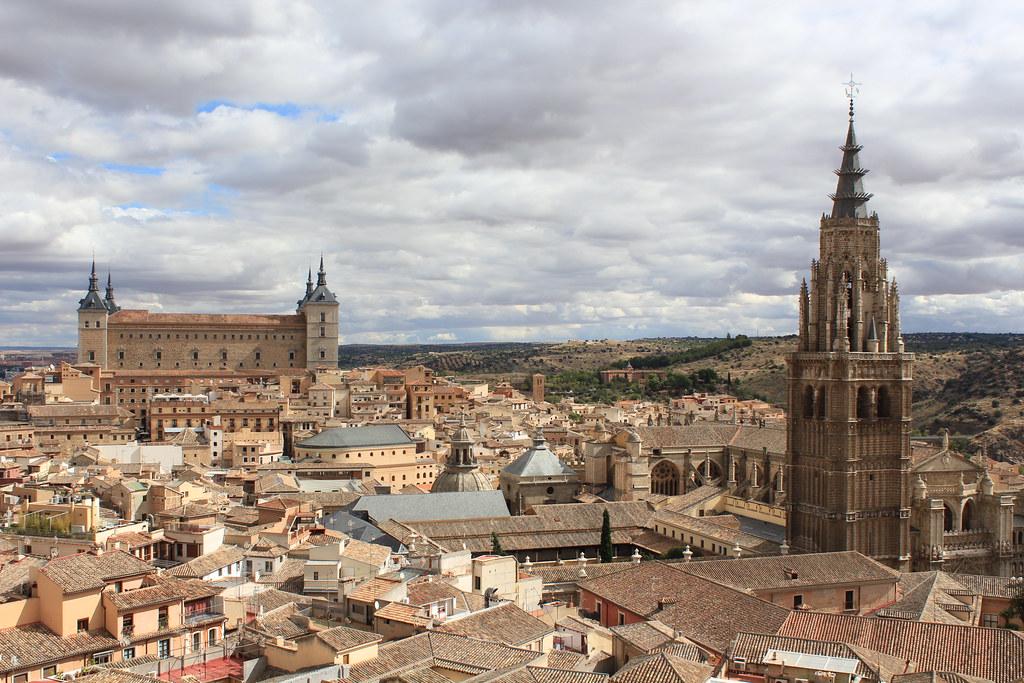
In a day, you may get from Madrid to Toledo and back. The city is accessible in just an hour by rail and has stunning streets and buildings. Owing to the abundance of significant historical sites, the city has been designated a UNESCO World Heritage Site. Toledo is one of Spain’s most picturesque cities due to its elevated location and picturesque surroundings.
As Toledo has been governed by the Romans, the Visigoths, and the Arabs, you will find traces of each civilization throughout the city. The Alcazar de Toledo (a Moorish castle), the Monasterio de San Juan de los Reyes (a Gothic monastery), and the Museo del Ejercito (a military museum) are just a few of the major attractions (military museum).
Durango

Located only a short drive from Bilbao, at the base of the stunning Urkiola Natural Park, lies a picture-perfect slice of Basque Country. Durango is home to vibrant nightlife in addition to a baroque church and a charming downtown. The best bars are designed for a quick visit: grab a drink and a snack, then move on to the next one. After three or four visits, you should be among friendly locals eating chorizo and talking rugby and Basque politics late into the night.
To fully appreciate Spain as a vibrant and exciting destination, visitors should explore the variety of its regions. Furthermore, if you go to a new location with an open mind, you’ll have many opportunities to absorb the local culture, including its people, traditions, dishes, and scenery. The eight most stunning and often-overlooked Spanish cities are listed below.
Lastly, read more about travel around the world here.



